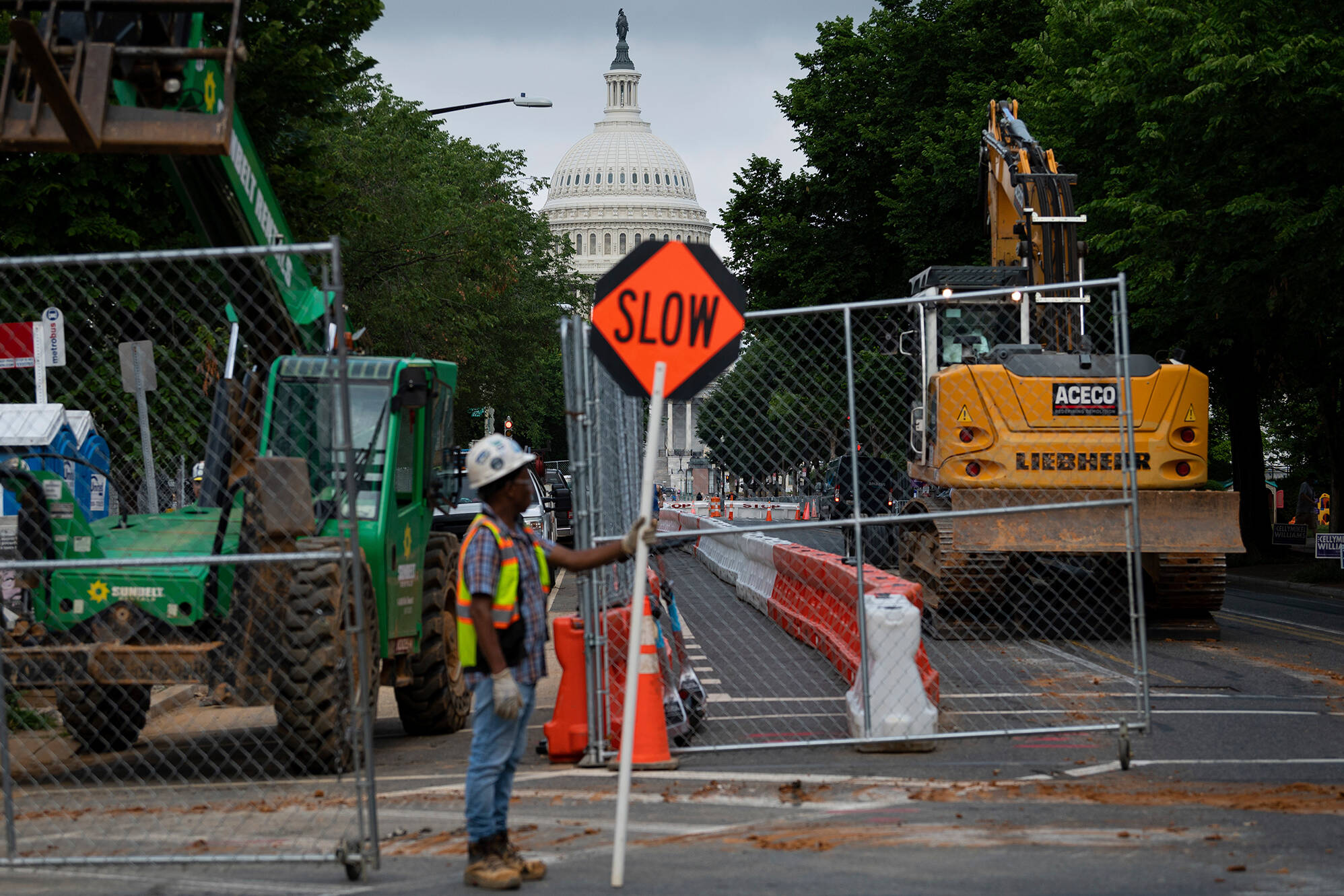As demand surges and delays pile up, partnerships with the private sector may offer a way forward.
Building in America these days is too often characterized by red tape, budget overruns, and lengthy delays.
Even the most basic construction projects experience delays, while major investments – like California’s high-speed rail – can be decades late and tens of billions of dollars over budget.
RELATED: Rural Broadband: A Slow Start
One proven model has the potential to offer the American infrastructure world a much-needed boost: public private partnerships.
What is a Public-Private Partnership?
This is one of those cases where the name says it all. Public-private partnerships are when a government agency and a private company work together to finance, build, or operate projects.
Public-private partnerships can be used for just about any kind of infrastructure, large or small: bridges, tunnels, dams, hospitals, broadband networks, and more. In return for helping deliver the project, companies earn revenue through charging people to use it (like tolls) or through long-term payments from the government.
Do Public-Private Partnerships Work?
Public-private partnerships can be very effective in some cases. Private-sector companies have an incentive (money) to keep a project moving as efficiently as possible. Companies can also offer relevant expertise, which is especially helpful for high-tech, complex projects.
- New York used public-private partnerships to rebuild its LaGuardia and John F. Kenndy airports, which were hailed as major successes.
- Florida partnered with a private company to build the Port of Miami Tunnel, which reduced downtown traffic by nearly 80%.
- The Congressional Budget Office found that public-private partnerships can reduce the cost of building roads and highways by 4% and reduce the project time by up to a year.
But public-private partnerships are not a silver bullet, and they are not right for every infrastructure project. The European Union reviewed nine partnerships between 2000 and 2014 and found that seven were late and overbudget. In the U.S., a highway project outside of Indianapolis went 51% over budget and came two years behind schedule.
The Future of Public-Private Partnerships
According to the Congressional Budget Office (CBO), less than 3% of infrastructure spending (at the federal, state and local level) since 1990 went to public-private partnerships. There isn’t enough data to draw firm conclusions, the CBO says.
That may soon change. There will be plenty of opportunities to put public-private partnerships to the test in the coming years and decades:
- Around 46,000 bridges – 1 in 13 American bridges – are in poor condition and will need to be replaced, according to the American Society of Civil Engineers.
- With the rise of AI, America’s demand for electricity could be 4x higher in 2030 than today, according to McKinsey, meaning hundreds of new power plants and data centers need to be built.
- To comply with the Clean Water Act, the government will have to spend $630 billion on water quality projects over the next 20 years, according to the Environmental Protection Agency.
The scale of what needs to be built is enormous. Public-private partnerships won’t solve every challenge, but they could help the country keep up with the demand.
What do you think? Should governments use more public-private partnerships when building things?
Looking for the latest in your inbox? Sign up for emails from No Labels.
Related
Peyton Lofton
Peyton Lofton is Senior Policy Analyst at No Labels and has spent his career writing for the common sense majority. His work has appeared in the Washington Examiner, RealClearPolicy, and the South Florida Sun Sentinel. Peyton holds a degree in political science from Tulane University.




